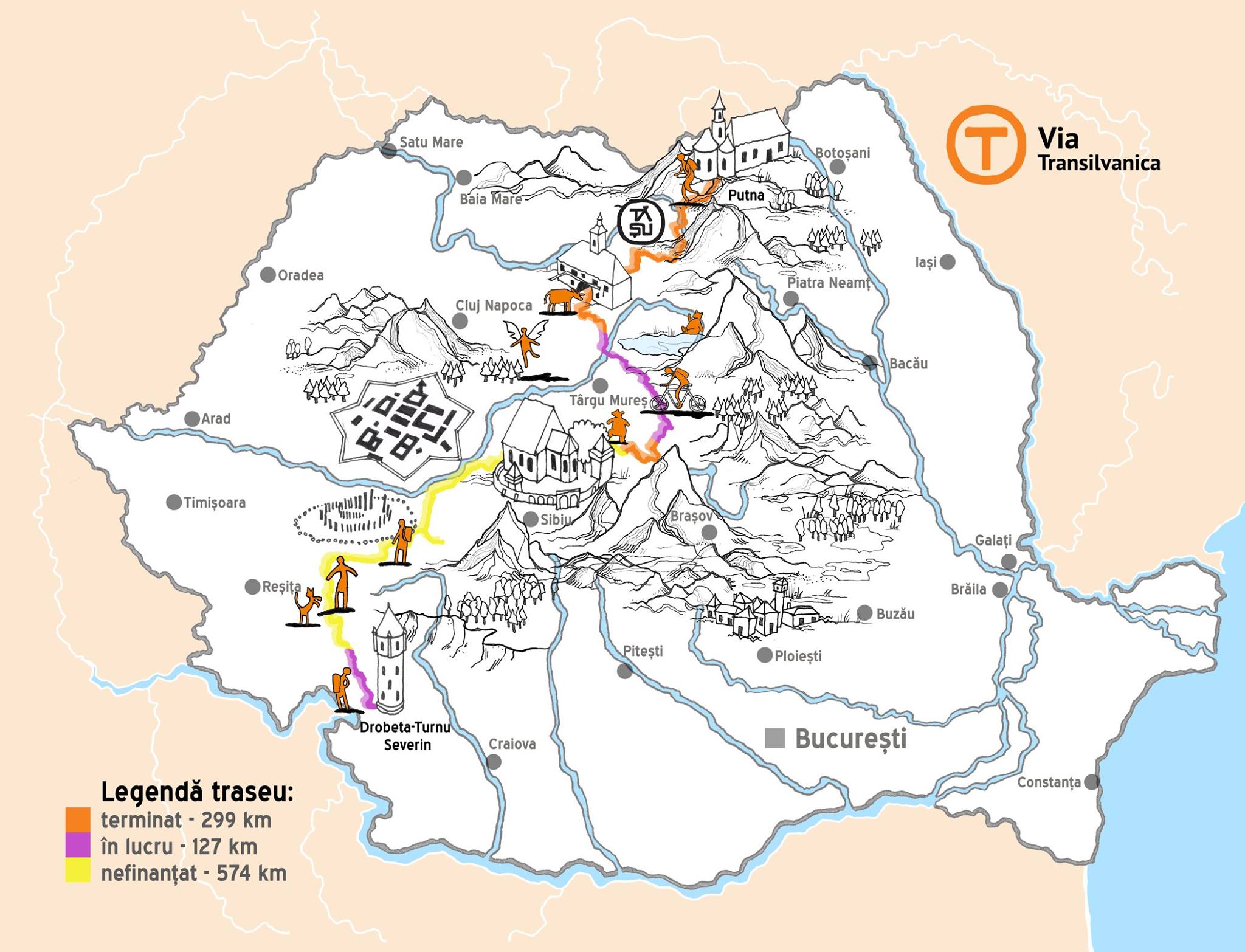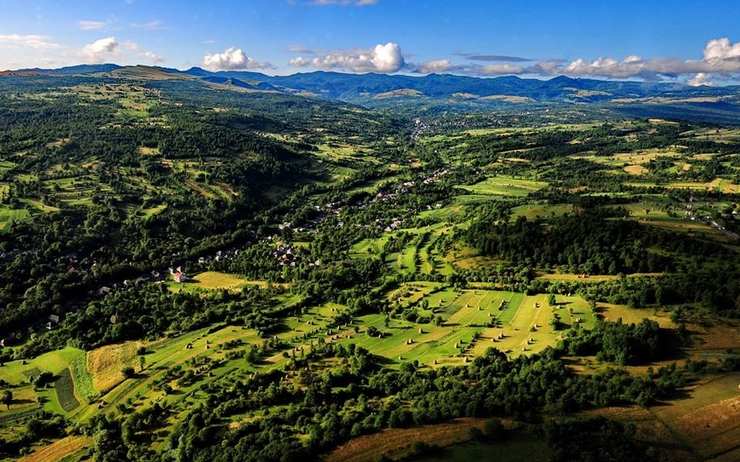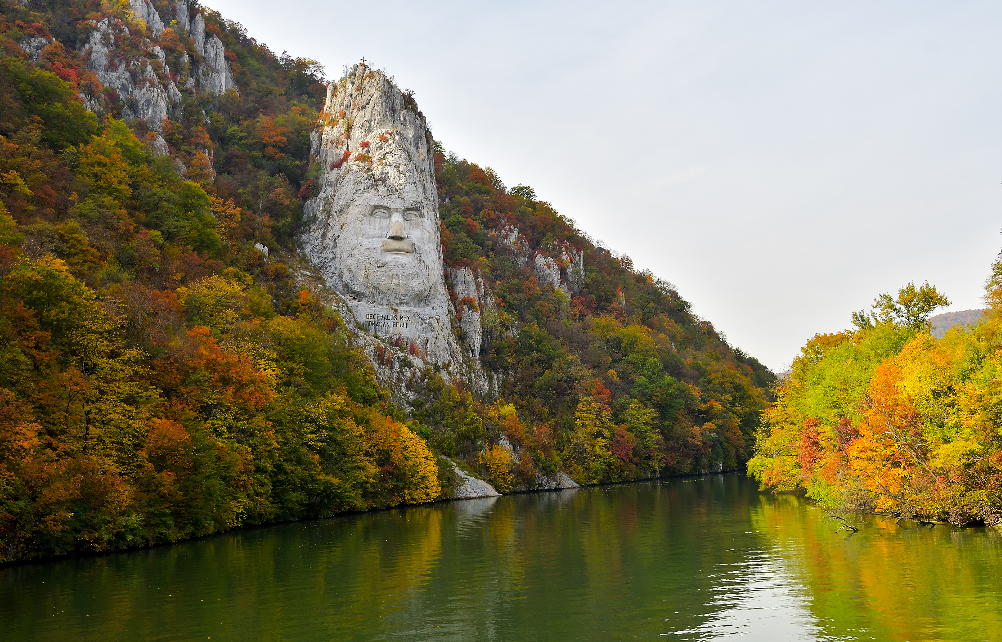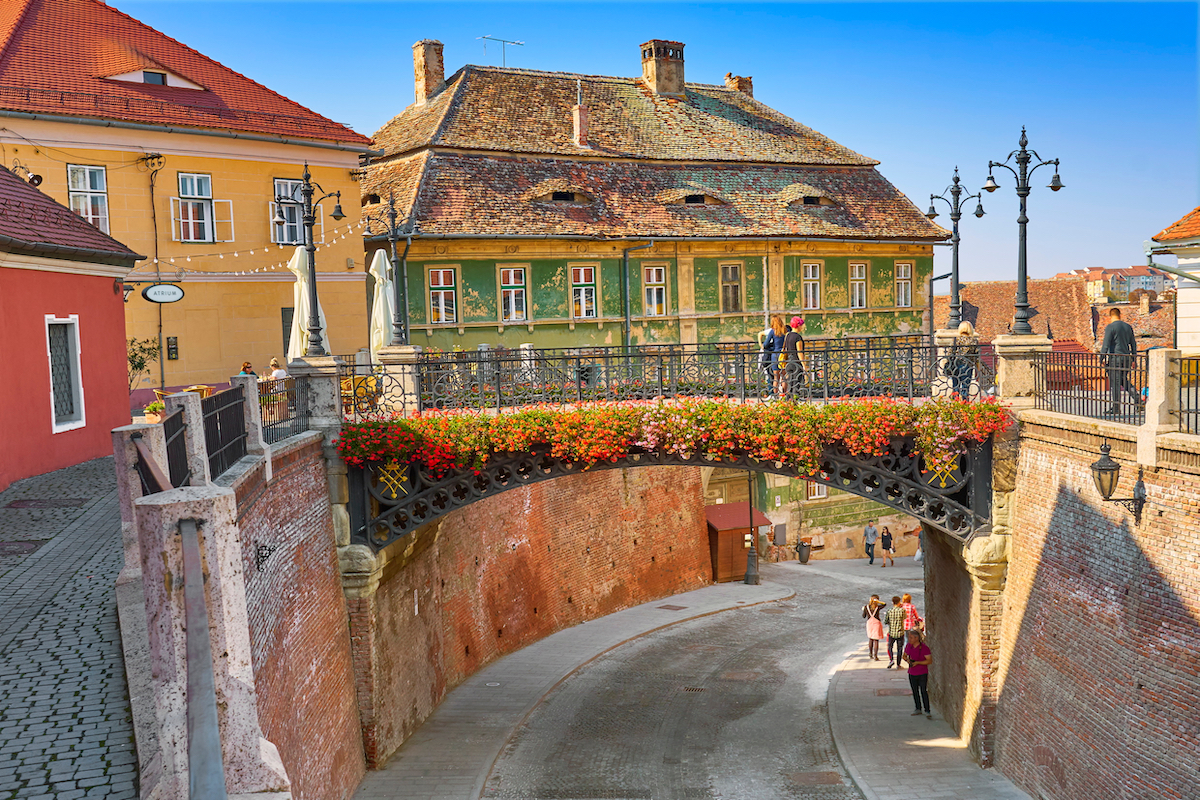Romania travel: Car-free trips to try this year

A car-free trip can be a good way to get more time to admire the views, to try environment-friendlier means of transportation or simply to get rid of the hassle of driving. We outline some of the options available locally below.
Via Transilvanica
The Romanian El Camino can turn into the ultimate car-free trip, which can be done walking or biking. Once finished, Via Transilvanica will link Drobeta-Turnu Severin, a city in southwestern Romania, where King Carol I first entered the country, to Putna, in the north-east part of the country. In between the two localities, the route will go through ten counties on a 1,000 km distance. The route is divided into seven historical-cultural regions: Bucovina, Călimani, Terra Siculorum, Terra Saxonia, Valea Mureșului, Terra Daco-Romana and Cerna Valley.
Several segments of Via Transilvanica have already opened. In Bistrița-Năsăud county 140 km are open, while in Bucovina an other 137-km segment opened starting at Putna Monastery. In addition, 26 km are open in Brașov county, and an 80-km segment is to open in Mehedinți county this fall. The open segments are marked on the map bellow or here.

How to get there: Several inter-regio trains connect Bucharest to Suceava. From there, regional trains travel to Putna (a two-hour ride).
The Maramureș Heritage Trail
This 88-km road connects seven villages in Maramureș and the distance can be covered by foot, bike or a cart. More than half of the trail, which is closed for cars, is made up of forestry roads and country roads, with only 37% being bitumen roads. It connects two Natura 2000 sites, Igniş and Gutâi-Creasta Cocoşului, and goes through seven picturesque villages, namely Ocna Şugatag, Budeşti, Breb, Hoteni, Hărniceşti, Deseşti and Mara. You can expect to see here hills of bright green, meadows bathed in light and enchanting forests.
Maps of the trail are available here. More on the road experience here.
How to get there: Buses connect Baia Mare or Sighetu Marmaţiei to Ocna Şugatag.
A bike tour of Transylvania’s Hills
The medieval landscapes of the hills surrounding the Saxon villages of Transylvania are best discovered slowly, and there are many options for either cycling the area or simply walking around some of these localities. Beautiful nature landscapes, oak and beech forests, sheepfolds, old manors, fortified churches, and the Saxon houses painted in pretty pastel colors are all part of the area’s charm.
One bike tour to try starts in Viscri, goes through Bunești, Criț, and Mesendorf and retruns to Viscri. The latter is better known as the village that Prince Charles fell in love with, but the entire area is beautiful and worth discovering. Totaling 40 km, the route has about 8 km of paved road at the beginning, followed by a trail along a forest and fields of grain. Near Mesendorf, the route continues in the valley and then goes back on a forest path. The circuit is very well marked. More about it and other routes covering the hills of Transylvania here.
How to get there: Buses connect Sighișoara, which can be reached by train from Bucharest, to Rupea. From there, Viscri can be reached by bike. The two localities are 16 km apart. A map of the routes in the area is available here.
The Semmering of Banat
A train trip on the route linking the industrial, mining towns of Oravița and Anina offers plenty of opportunities to discover the picturesque landscapes of the region of Banat. The railway linking the two towns was the first mountain railway to function in modern Romania, having opened in 1863. The route goes through 14 tunnels and crosses 10 viaducts, adding to the spectacular views available. It is sometimes called the Semmering of Banat because of the similarities with the Austrian railway Semmering, built between mid-19th century.
How to get there: Buses connect Reșița and Timișoara to Oravița. Reservations are needed for a trip on this tourist train. Further details here.
A cruise on the Danube
A ride by the Danube Canyon/Cazanele Dunarii will reveal some of the most spectacular views of the river that runs a length of 1,075 km on Romania’s territory, between Baziaș and Sulina. Among the landmark sites are the rock where the portrait of Dacian ruler Decebal is sculpted and the Banat black pine forests.
Cruises start in Orșova and vary in length from 1 hour to 3-4 hours. Landmarks to be seen along the way, depending on the chosen trip, include Tabula Traiana, a memorial plaque celebrating the victory of the Roman Emprie over the Dacians, the Mraconia Monastery, or the Dubova Bay. More about the available cruise options here.
How to get there: CFR and Astra Transcarpatic trains connect Bucharest (from North Railyway Station) to Orșova.
A city break
Some of the country's most beautiful cities are within a train-ride away. For a quick weekend trip, head to Sinaia, the elegant mountain town where visitors can find Peleș Castle, a former residence of the Romanian royal family but also a former residence of Romanian musician George Enescu, among others. A bit further north, Brașov is an interesting destination year-round. During the summer months, visitors can walk the streets of its old town, sip a drink in one of the cafes and restaurants that line Sfatului Square or visit the Black Church, one of the oldest and largest Evangelical churches in the region. During wintertime, the city is the gateway to the skying resort of Poiana Brașov.
A longer train ride is required to reach Sibiu, Sighișoara or Mediaș but each city is worth the time. In addition to its beautiful and well-preserved old town, Sibiu is known for its ‘houses with eyes’ – windows that give passersby the impression that they might be watched, the Brukenthal Museum, which houses one of the most important art collections in the country, and ASTRA Museum of Traditional Folk Civilization, hosting a large open-air ethnographic exhibition. Meanwhile, the historic center of Sighișoara is a good example of a small, fortified medieval town that stands testimony to the culture of Transylvania Saxons. It has been included on UNESCO’s World Heritage List. In its turn, the 750-year-old town of Mediaș is somewhat of a hidden gem, filled with a wealth of architectural styles and historical monuments. The town is located in the Târnavelor Valley region, a landmark wine-making area, and sampling some of the local wines can be part of the visiting experience.
How to get there: the available train connections are listed at infofer.ro.
editor@romania-insider.com

















